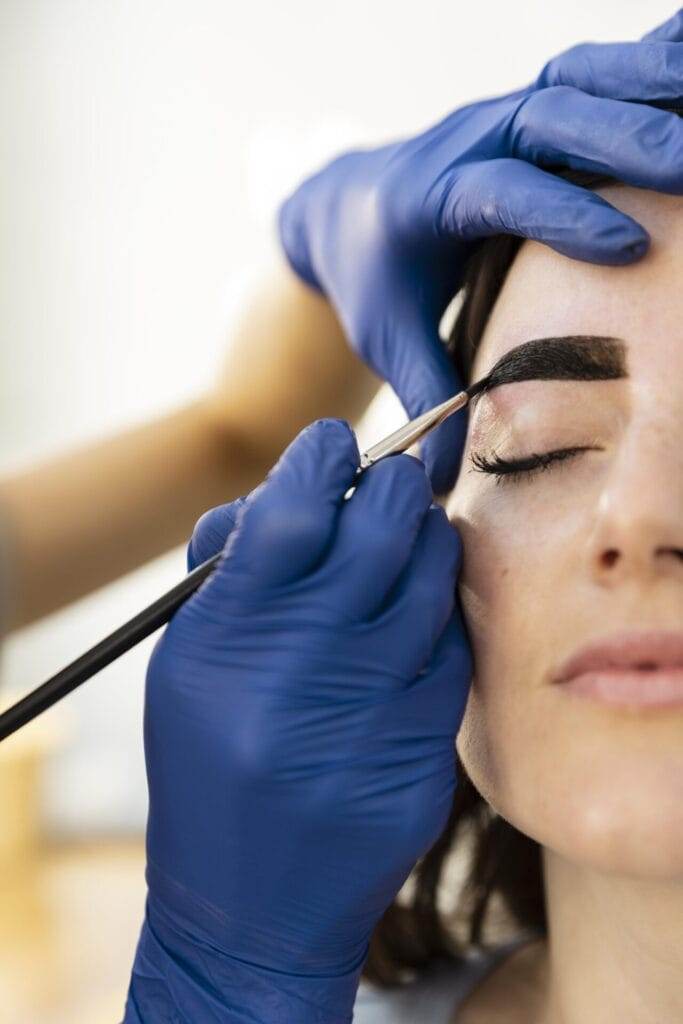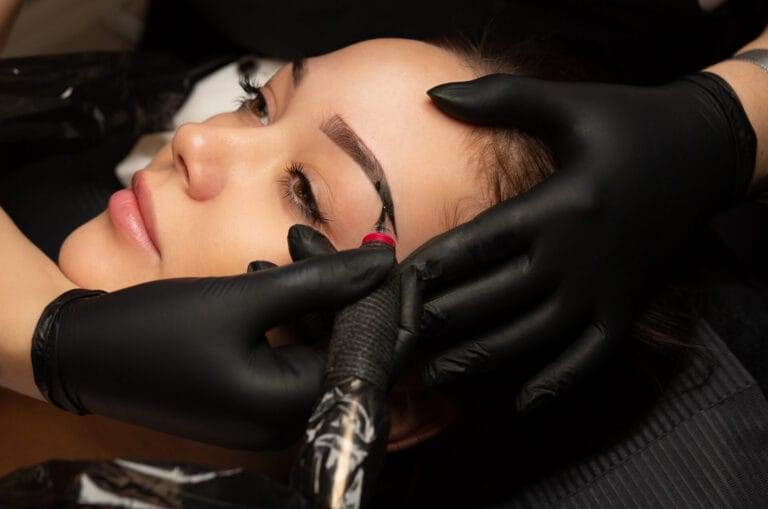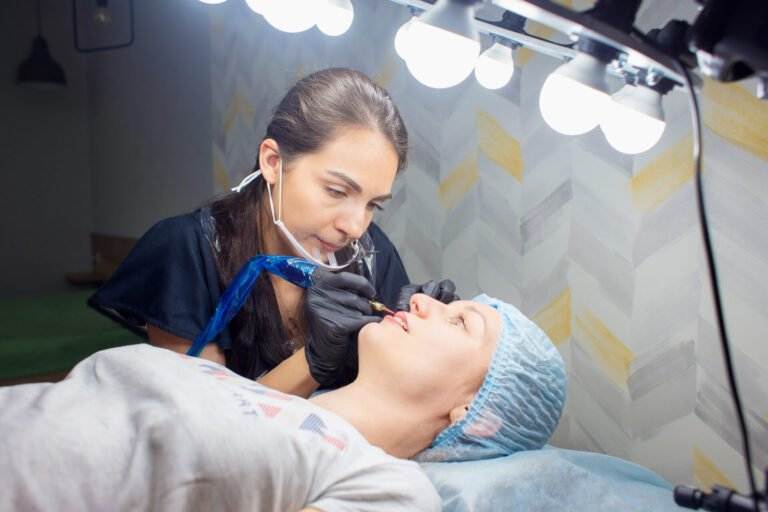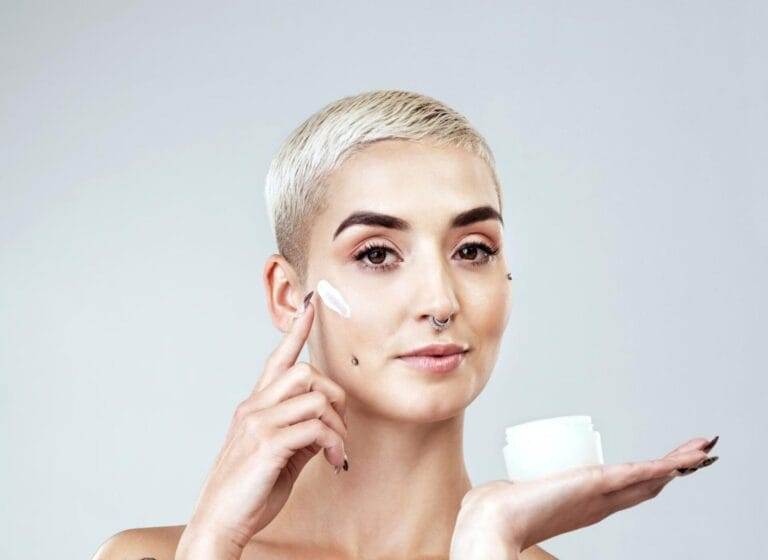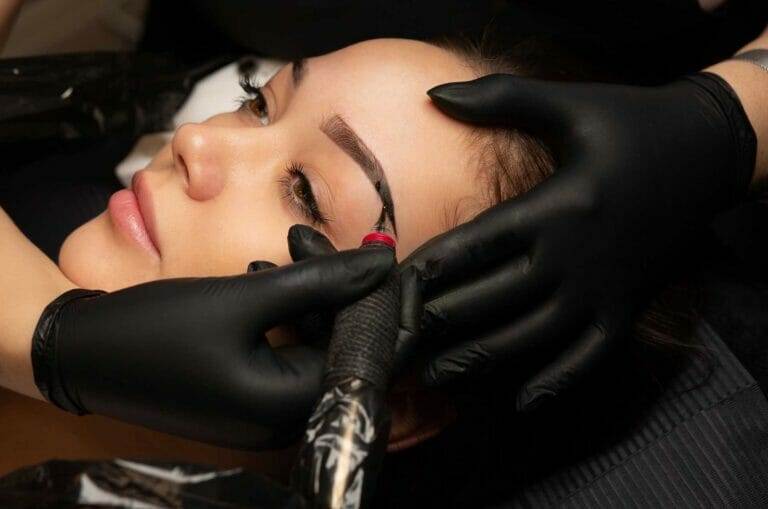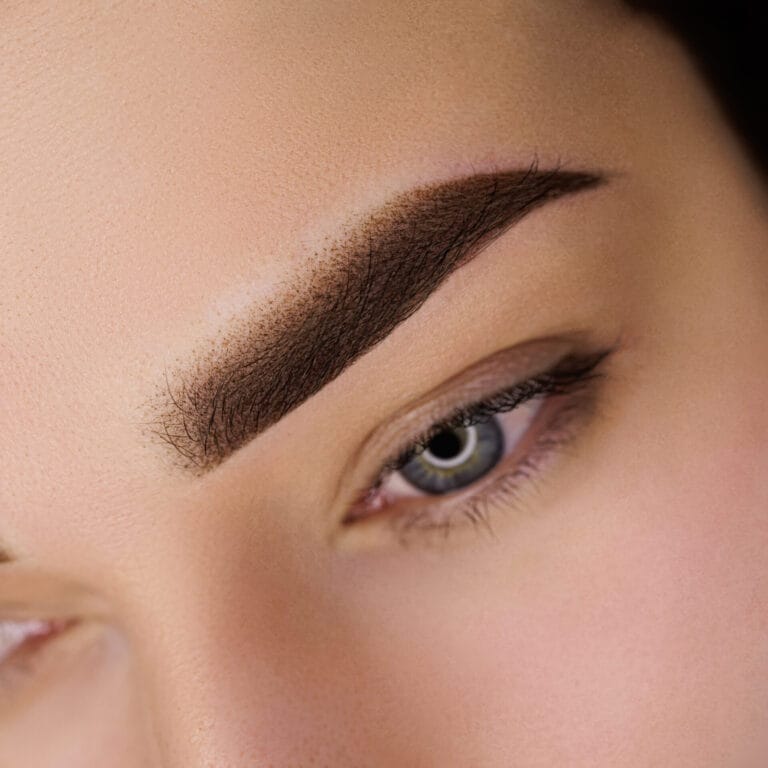Cosmetic tattooing, also known as permanent makeup or micropigmentation, is a procedure that involves the application of pigments to the skin to enhance and define certain features. It has gained popularity in recent years as a way to achieve a flawless and long-lasting look without the need for daily makeup application. However, before considering cosmetic tattooing, it is important to understand the procedure and its potential benefits and risks.
Understanding the procedure of cosmetic tattooing is crucial in order to make an informed decision about whether it is right for you. This article will provide an in-depth look at cosmetic tattooing, including what it is, how it works, and the different types of procedures available. It will also discuss the importance of choosing a qualified and experienced cosmetic tattoo artist, as well as what to expect during the consultation and procedure. Additionally, it will address common misconceptions and frequently asked questions about cosmetic tattooing.
What is cosmetic tattooing and how does it work?
Cosmetic tattooing, also known as permanent makeup or micropigmentation, is a procedure that involves the application of pigments to the skin using a small needle or blade. The pigments are deposited into the upper layers of the skin, creating a long-lasting color that mimics the appearance of makeup. This can be used to enhance and define features such as eyebrows, lips, and eyeliner.
The process of cosmetic tattooing begins with a consultation with a qualified and experienced cosmetic tattoo artist. During this consultation, the desired results are discussed and the artist will examine the client’s skin type and tone to determine the best approach. Once the client is ready for the procedure, a numbing cream or gel is applied to minimize any discomfort. The pigment is then applied using a small needle or blade, creating tiny dots or strokes that resemble natural hair or makeup.
Cosmetic tattooing differs from traditional tattooing in several ways. Traditional tattoos are typically applied using a larger needle and penetrate deeper into the skin, resulting in a more permanent design. Cosmetic tattooing, on the other hand, uses a smaller needle and deposits the pigment into the upper layers of the skin, resulting in a more temporary effect. Additionally, traditional tattoos often use a wider range of colors and designs, while cosmetic tattooing focuses on enhancing and defining natural features.
The benefits of cosmetic tattooing for a radiant glow
There are several benefits to cosmetic tattooing that make it an appealing option for those looking to enhance their natural features. One of the main benefits is the ability to enhance and define features such as eyebrows, lips, and eyeliner. This can help to create a more symmetrical and balanced appearance, as well as save time and money on daily makeup application.
By enhancing natural features through cosmetic tattooing, individuals can achieve a radiant glow that lasts all day. This can be particularly beneficial for those with sparse or thin eyebrows, as well as those who struggle with applying eyeliner or lip color evenly. Cosmetic tattooing can also help to boost confidence by providing a flawless and long-lasting look that requires minimal maintenance.
The different types of cosmetic tattooing procedures
There are several different types of cosmetic tattooing procedures that can be used to enhance and define various features. One of the most popular procedures is eyebrow tattooing, which involves filling in sparse or thin eyebrows to create a fuller and more defined look. This can be done using either a microblading technique, which creates tiny hair-like strokes, or a shading technique, which creates a soft powdered effect.
Lip tattooing is another common procedure that involves adding color and definition to the lips. This can be done by outlining the lips or filling them in with a specific color. Lip tattooing can help to create a more symmetrical and balanced appearance, as well as save time and money on daily lip color application.
Eyeliner tattooing is a procedure that involves adding color and definition to the lash line. This can help to create the appearance of thicker and fuller lashes, as well as save time and money on daily eyeliner application. Eyeliner tattooing can be done in a variety of styles, ranging from a subtle and natural look to a more dramatic and bold look.
Areola tattooing is a procedure that is often used to reconstruct the areola and nipple area after breast surgery. This can help to create a more natural and symmetrical appearance, as well as boost confidence and self-esteem. Areola tattooing can be done using a variety of colors and techniques to match the individual’s skin tone and desired look.
The consultation process: what to expect
The consultation process is an important step in the cosmetic tattooing journey, as it allows the client and artist to discuss desired results and determine the best approach. During the consultation, the client should be prepared to discuss their goals and expectations for the procedure. The artist will also examine the client’s skin type and tone to determine the best color and technique.
In addition to discussing desired results, the artist will also review the client’s medical history to ensure that they are a suitable candidate for the procedure. It is important to disclose any medical conditions or medications that may affect the healing process or increase the risk of complications. The artist may also ask about any previous cosmetic tattooing procedures or allergies to ensure that the client is not at risk of an adverse reaction.
Preparing for your cosmetic tattooing appointment
Preparing for your cosmetic tattooing appointment is crucial in order to achieve the best possible results and minimize any potential risks or complications. There are several steps that should be taken prior to the appointment to ensure a successful procedure.
One of the most important steps is to avoid certain medications and substances that can thin the blood or increase the risk of bleeding. This includes aspirin, ibuprofen, and alcohol. It is also important to avoid caffeine and nicotine, as these can affect the healing process and increase the risk of complications.
It is also important to arrive at the appointment with clean skin, free of any makeup or skincare products. This will allow the artist to properly assess the skin and ensure a clean and sterile environment for the procedure. It is also recommended to avoid excessive sun exposure or tanning prior to the appointment, as this can affect the color and longevity of the pigment.
The procedure: what to expect
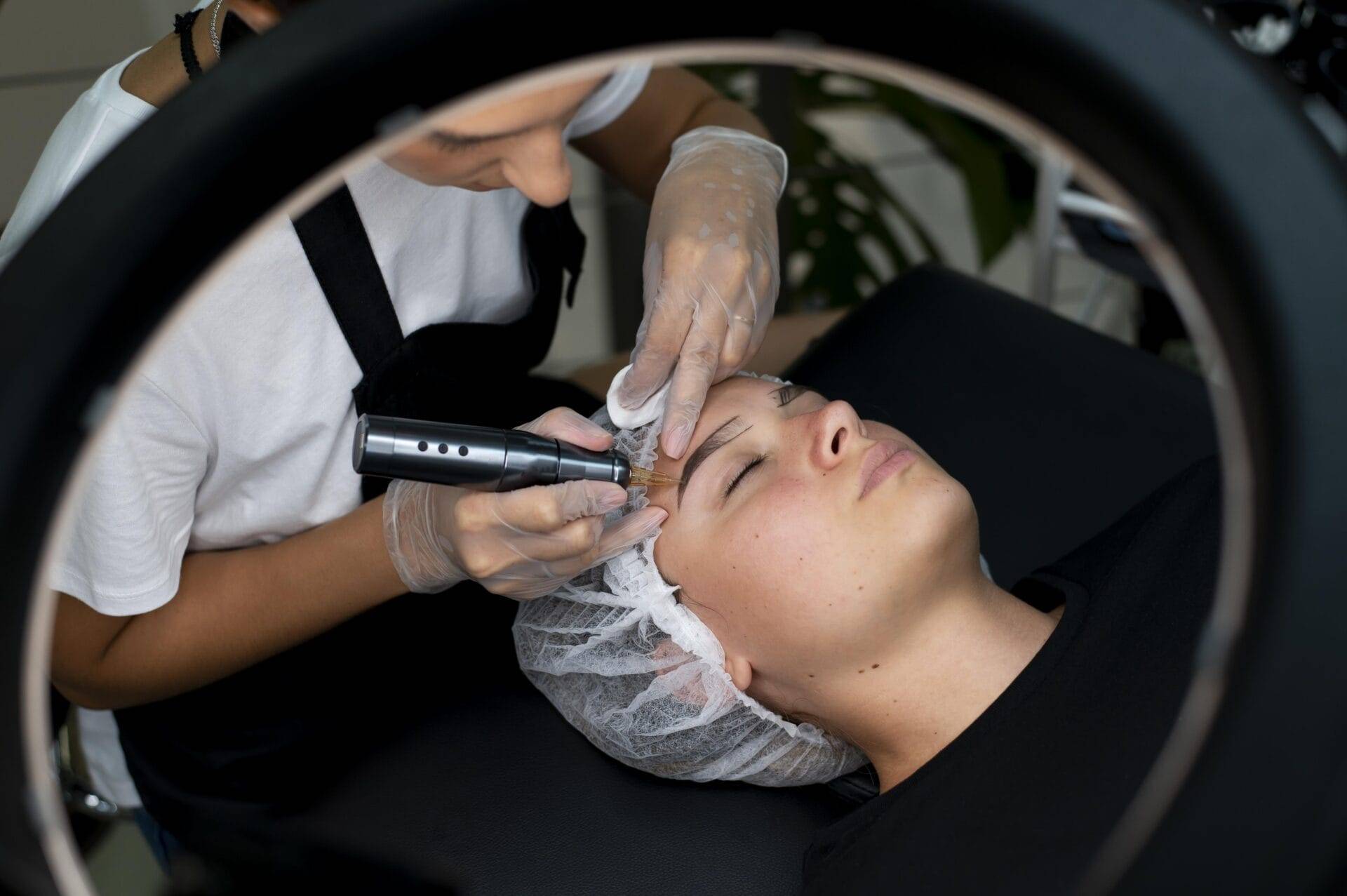
The cosmetic tattooing procedure typically begins with a numbing process to minimize any discomfort. This can involve the application of a numbing cream or gel to the treatment area. Once the numbing has taken effect, the artist will begin applying the pigment using a small needle or blade.
The application of pigment involves creating tiny dots or strokes that resemble natural hair or makeup. The artist will work with the client to determine the desired shape, color, and intensity of the pigment. The procedure can take anywhere from one to three hours, depending on the size and complexity of the treatment area.
Aftercare and maintenance for your cosmetic tattoo
Proper aftercare and maintenance are crucial in order to ensure the best possible results and minimize any potential risks or complications. After the procedure, it is important to follow the artist’s instructions for cleaning and caring for the treated area.
Proper cleaning techniques involve gently washing the area with a mild cleanser and water, avoiding any harsh or abrasive products. It is also important to avoid picking or scratching at the treated area, as this can cause infection or scarring.
Certain activities should also be avoided during the healing process, such as swimming, saunas, and excessive sweating. It is also important to avoid direct sun exposure or tanning beds, as this can affect the color and longevity of the pigment.
Touch-up appointments may be necessary to maintain the desired results and ensure the longevity of the pigment. These appointments typically occur four to six weeks after the initial procedure and involve adding additional pigment or making any necessary adjustments.
Common misconceptions about cosmetic tattooing
There are several common misconceptions about cosmetic tattooing that can deter individuals from considering the procedure. One of the main misconceptions is that it is a painful procedure. While some discomfort may be experienced during the numbing process, most clients report minimal pain during the actual procedure.
Another common misconception is that the results of cosmetic tattooing are permanent. While the pigment does last longer than traditional makeup, it will fade over time and may require touch-up appointments to maintain the desired results. The longevity of the pigment can vary depending on factors such as skin type, lifestyle, and aftercare.
There is also a misconception that cosmetic tattooing offers limited color options. In reality, there is a wide range of colors available that can be customized to match each individual’s skin tone and desired look. The artist will work with the client to determine the best color and technique for their specific needs.
Frequently asked questions about cosmetic tattooing
There are several frequently asked questions about cosmetic tattooing that can help individuals make an informed decision about whether it is right for them. One of the most common questions is how long the results last. While the pigment does fade over time, it can last anywhere from one to five years, depending on factors such as skin type, lifestyle, and aftercare.
Another common question is whether cosmetic tattooing is safe. When performed by a qualified and experienced artist using sterile equipment and proper techniques, cosmetic tattooing is generally considered safe. However, there are risks associated with the procedure, including infection, scarring, and poor results. It is important to choose a reputable artist and follow their aftercare instructions to minimize these risks.
Many individuals also wonder if cosmetic tattooing can be removed. While it is possible to remove or lighten cosmetic tattoos using laser treatments or other methods, it can be a lengthy and expensive process. It is important to consider the permanence of the procedure before making a decision.
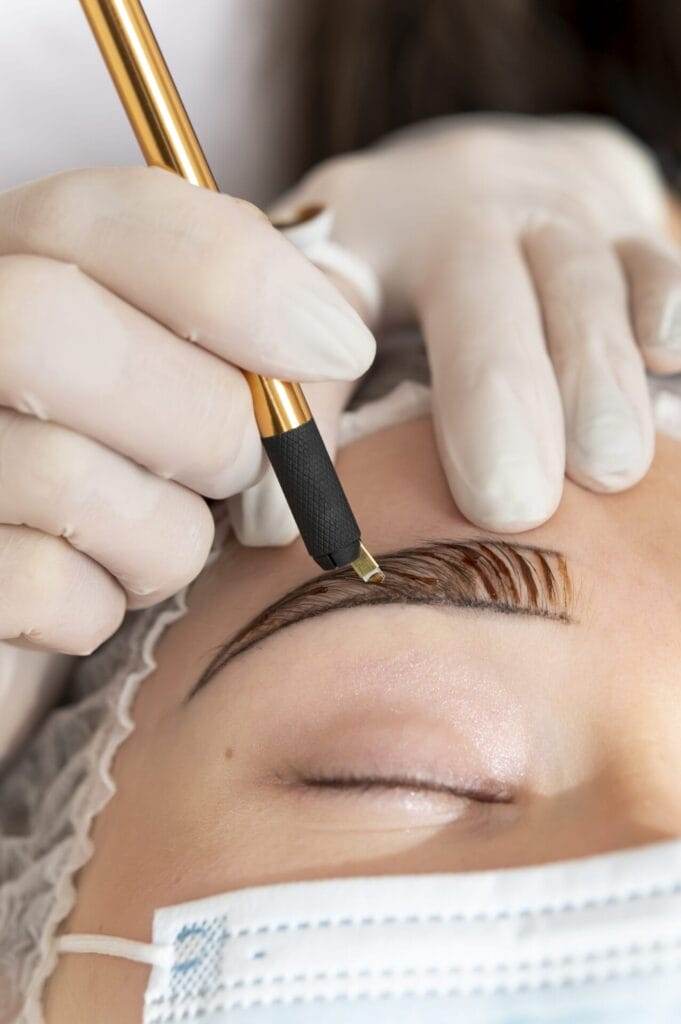
Is cosmetic tattooing right for you? Factors to consider before making a decision
Before making a decision about cosmetic tattooing, there are several factors to consider. Personal preferences play a major role in determining whether the procedure is right for you. It is important to have realistic expectations and understand that the results may not be exactly what you envision.
Skin type and tone are also important factors to consider. Certain skin types may not hold the pigment as well or may be more prone to complications such as infection or scarring. It is important to discuss these factors with a qualified artist during the consultation process.
Budget is another factor to consider when deciding whether cosmetic tattooing is right for you. While the initial cost of the procedure may seem high, it is important to consider the long-term savings on daily makeup products and application time.
In conclusion, cosmetic tattooing is a procedure that involves the application of pigments to the skin to enhance and define certain features. It offers several benefits, including enhancing natural features, saving time and money, and boosting confidence. There are several different types of procedures available, including eyebrow tattooing, lip tattooing, eyeliner tattooing, and areola tattooing.
Choosing a qualified and experienced cosmetic tattoo artist is crucial in order to achieve the best possible results and minimize any potential risks or complications. The consultation process is an important step in the cosmetic tattooing journey, as it allows the client and artist to discuss desired results and determine the best approach. Proper aftercare and maintenance are also crucial in order to ensure the best possible results and minimize any potential risks or complications.
There are several common misconceptions about cosmetic tattooing, including the pain level, permanence of the results, and limited color options. It is important to consider these factors before making a decision about whether cosmetic tattooing is right for you. By understanding the procedure and its potential benefits and risks, individuals can make an informed decision about whether cosmetic tattooing is the right choice for them.

